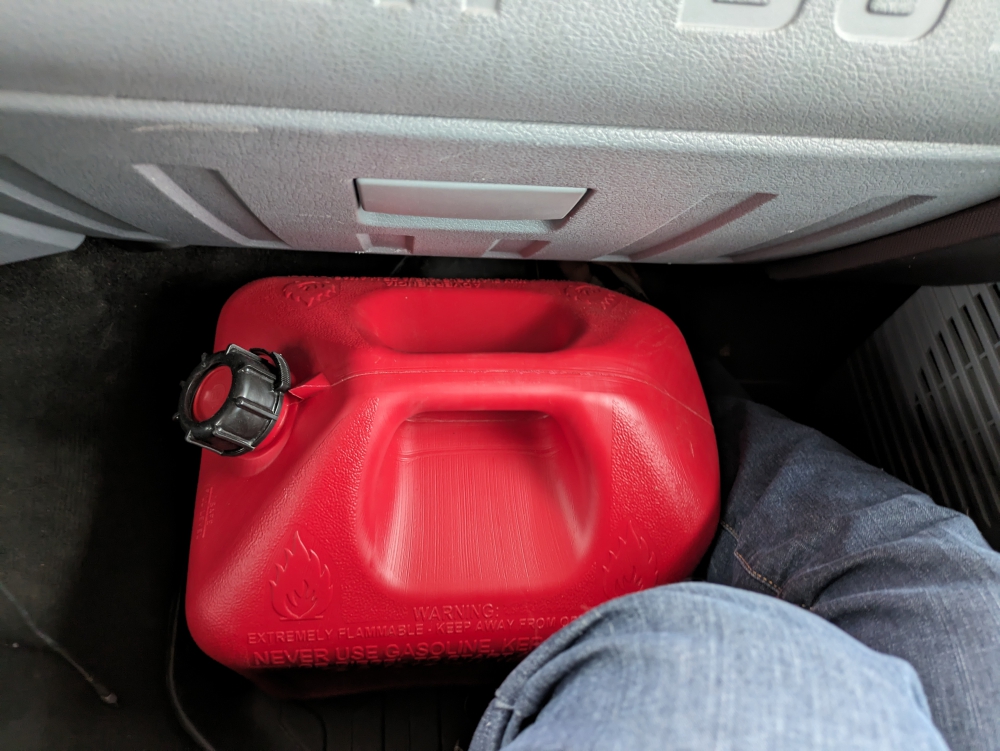Once in a while, I offer a glimpse behind the scenes of our nomadic lifestyle. Yes, I do often write about the ups and downs of life on the road, but rarely in detail. If you’ve been following along for a while – or read my memoir, Plunge – you know that I aim to present a realistic image of being perpetual travelers.
Let’s pick up where I left off in January: departing the Las Lomas Campground in La Paz after running the place and being stationary there for one month. It was a nice break that let us catch our breaths from the challenges of the road, but it brought (unexpected) consequences, namely an array of road blocks, the start of rainy season, and a dog attack.
Road blocks are “a thing” in Bolivia, meaning they are quite common and often related to the political situation involving ex-president Evo Morales. I just finished reading a great memoir by fellow overlander and virtual friend Mary Hollendoner, called Monkeys on the Road, in which she describes being stuck in what almost became a Bolivian revolution in 2019! Interestingly, this happened while she was camped at Las Lomas Campground. Their plans in this country were affected as well.
Ironically, this latest set of road blocks started on January 22nd, which was Plurinational State Foundation Day, a newish holiday initiated in 2009 to celebrate Bolivia’s multi-ethnic identity. That’s when the indigenous people started their political protests. Our next destination was the constitutional capital and World Heritage Site of Sucre, but access was impossible.

These road blocks popped up while we were still camped in La Paz
Mark and I gave it a few more days in La Paz and then left to a split in the road further south, near Oruro, where we camped for another two nights at Sora Sora. Based on the roadblock situation, we could drive to Sucre from there, or skip the town and head to Uyuni, where its salt flats are the highlight of Bolivia.
But first, we needed gasoline for Thirsty Bella. The Bolivian government makes it difficult for foreigners to fill up their tanks, as fuel stations need special systems and paperwork to make that happen. Plus, the price for non-Bolivians is more than twice what it is for locals. We believed using a jerry can circumvents some of these issues, but it sure is a hassle to get gasoline this way. Yet, that would be our approach.

My travel companion in Bolivia








